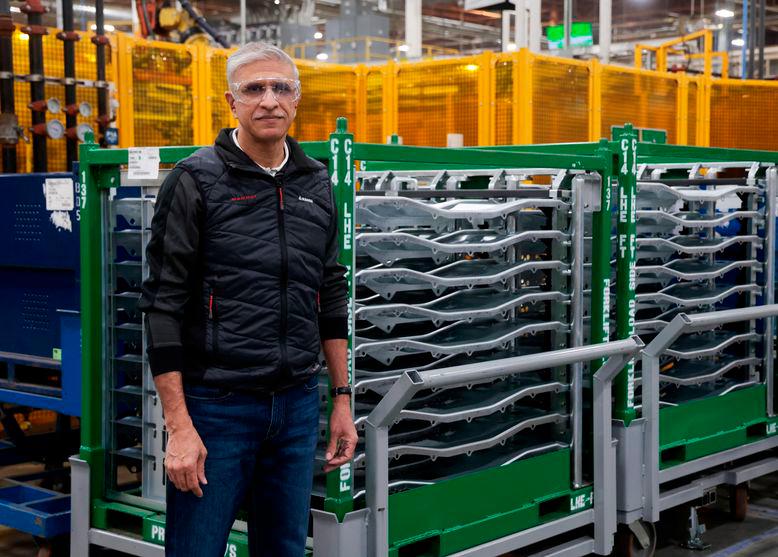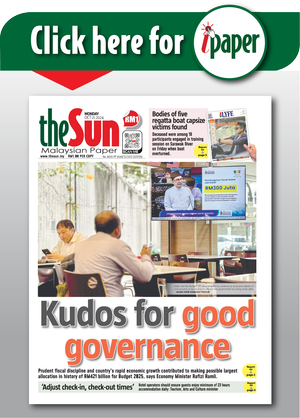ST. CLAIR, Michigan: Walking through a Michigan plant past whirring robotic arms and flying sparks, Swamy Kotagiri, the CEO of Canada-based auto supplier Magna reflected on how he is trying to “control the uncontrollable” in the midst of industry-shaking tariffs.
“We’ve had a series of black-swan events,“ Kotagiri said. “Our industry really prospers with certainty and cadence and stability. And that’s what’s been missing in the last four years.”
The vastness of Magna's facility in Michigan underscores its role as a key cog in the intricate global auto supply chain. The company has 59 facilities in the United States, 50 in Canada, and another 33 in Mexico, part of the legacy of the 1990s North American Free Trade Agreement that produced a highly intertwined system of sending parts from one country - and then back again - to produce cars in some of the world's largest markets.
But Kotagiri and other leaders of auto companies are now facing an upended industry. President Donald Trump's 25% tariffs on foreign auto imports announced at the end of March are expected to raise consumer prices, reduce demand and hit job growth. Magna, with more than 170,000 employees across 28 countries, dwarfs most of its large customers, including the likes of Ford, General Motors and Toyota.
Speaking just hours before Trump called for the 25% tariffs, Kotagiri said there was no “easy way to absorb this,“ saying much of the cost would be passed on to consumers. Trump’s levies are expected to add thousands of dollars in cost per vehicle and billions for automakers and suppliers, analysts say.
'FLEXIBILITY IS KEY'
Magna has already weathered union strikes, a semiconductor shortage and lower-than-expected EV demand. In the face of tariffs, Kotagiri said Magna is trying to be as flexible as possible, including at its EV structures facility in St. Clair, Michigan, where it cranks out battery enclosures for vehicles like GM's Hummer and Silverado EV. If needed, the supplier can reprogram those swinging robotic arms to assemble frames or engine cradles, Kotagiri said.
“The world changed,“ Kotagiri said. “Flexibility is key. We need to have the footprint, the capacity and the expertise to help.”
But its success may also depend on smaller suppliers, who are likely even more distressed.
“If you talk to small and mid-sized suppliers that support, like a Magna, I mean, talk about panic,“ said Laurie Harbour, whose team focuses on automotive suppliers at advisory firm Wipfli. “Their cost has gone up so much and the revenues are still so soft,“ she said, adding that it is “putting pressure on their viability as a business.”
Massive companies like Magna also have to trace where their products land and how many times they cross borders. Some suppliers surprisingly don't have complete visibility into this, Harbour said.
There may be more demand for Magna's U.S. business as automakers expand production stateside to avoid tariffs. Last month, Hyundai announced a $21 billion investment in the United States, and supplier Lear said it could expand as well. On the other hand, S&P Global Mobility estimates that the rising cost of autos could sap U.S. sales, cutting annual vehicle deliveries by more than 1 million from its current 16 million.
For new growth, Magna is looking in the same direction as many others - China, the world’s largest car market. Magna’s China business accounted for 13% of the company’s overall revenue, where it has 69 manufacturing facilities that employ more than 30,000 people When Chinese businesses “start thinking of either exports or coming to Europe or other parts of the world, we believe we have the seat at the table,“ Kotagiri said.









